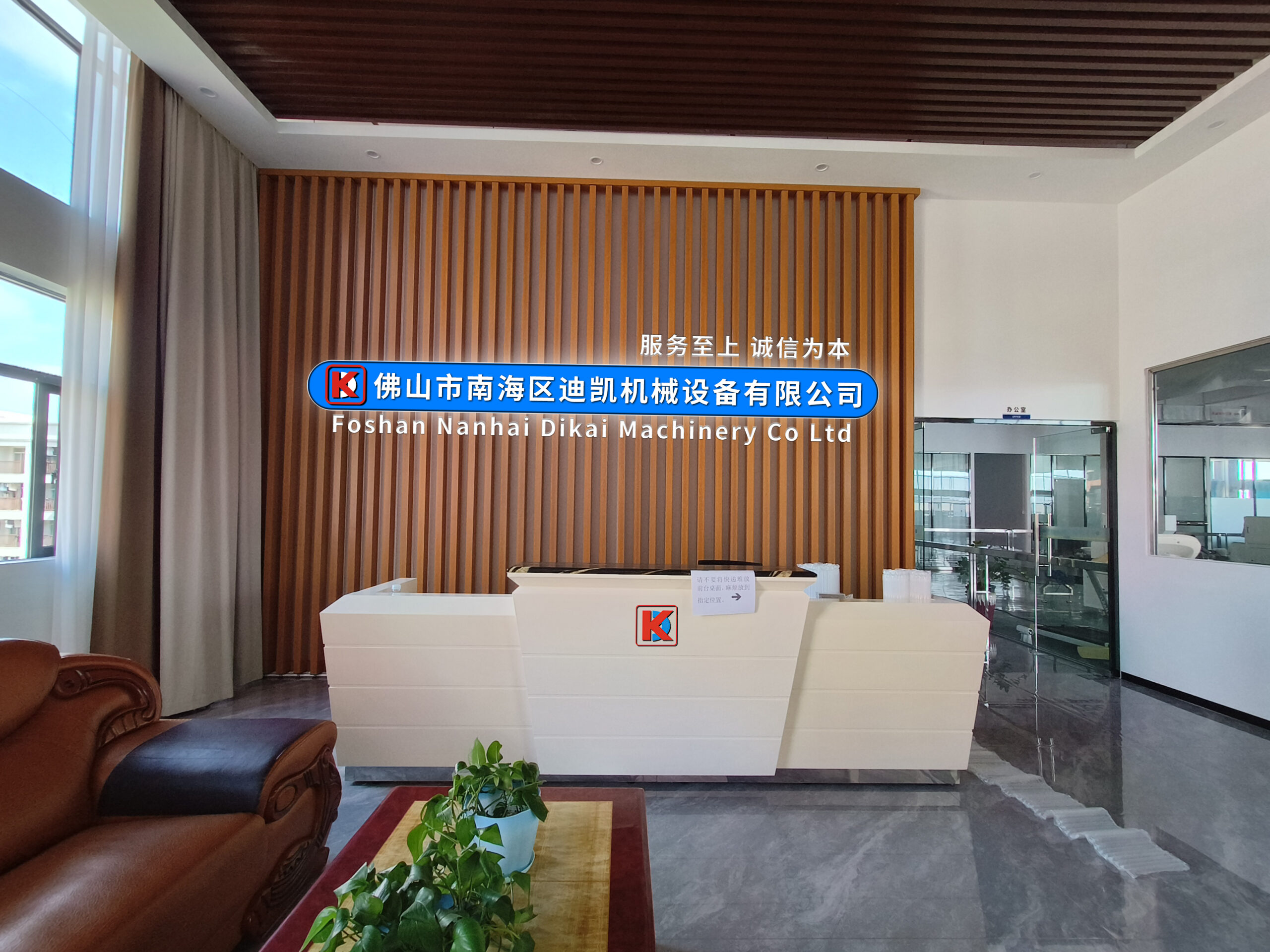
Packaging Machines: The Double-Edged Sword of Efficiency and Hidden Costs
In modern production facilities, packaging machines have replaced repetitive manual labor with the graceful movements of robotic arms. These steel structures swallow products from assembly lines, performing sealing, labeling, and boxing with precise rhythms. Yet behind the efficiency-driven euphoria of this industrial revolution, packaging machines provoke deeper reflections: as automation sweeps through manufacturing, have we truly grasped the dialectical principles behind these machines?
I. The Cost Code Behind the Efficiency Revolution
On instant coffee production lines, six-axis robots complete product packaging at a rate of three bags per second—8.6 times faster than skilled workers. This mechanized precision is evident not only in speed but also in controlling packaging errors within 0.02 millimeters. Fully automatic heat-shrink packaging machines, equipped with infrared positioning systems, boost packaging success rates for irregularly shaped products to 99.97%, eliminating human errors like wrinkles and misalignment.
Yet the efficiency miracle comes at a staggering cost. When a food manufacturer imported a German fully automated packaging line, the procurement cost for a single machine reached 4.7 million yuan, equivalent to three quarters of the company’s net profit. More insidious are maintenance costs: regular replacements of precision sensors and servo motors push lifecycle maintenance expenses to 150% of the initial purchase price. When an electronics factory halted production due to control system failures, direct losses exceeded 2,000 yuan per minute during repairs.
II. The Ecological Paradox in Technological Evolution
While smart packaging machines now achieve 98.5% material utilization, 12 million tons of packaging materials are still wasted annually worldwide due to machine calibration. At an e-commerce warehouse’s automated packaging system, daily trial-run waste equates to cutting down 30 mature trees. These figures reveal the unavoidable trial-and-error costs during machine calibration and the clash between mechanical precision and ecological ethics.
Energy consumption poses another hidden burden. Fully automated packaging lines average 25 kW in power—five times that of semi-automatic systems. When a multinational corporation established a packaging hub in Southeast Asia, its annual electricity consumption matched that of 30,000 local households. Such energy demands grow increasingly contentious in the era of carbon neutrality.
III. Adaptation Challenges in Industrial Upgrading
The need for sterile 100,000-class cleanroom environments in pharmaceutical packaging contrasts sharply with the shockproof requirements for hardware packaging, highlighting the necessity of machine customization. A medical device manufacturer suffered an 8-million-yuan loss after importing generic packaging equipment that failed to meet sterilization standards, leading to entire batch recalls. Such mismatches recur frequently across industries.
Flexible production demands are reshaping packaging machinery. Modular packaging systems adopted by auto parts manufacturers can switch packaging modes in seven minutes by replacing molds, but this flexibility comes at a 30% efficiency loss. When a consumer goods company tried using adaptable equipment to handle seasonal demand fluctuations, depreciation costs during idle periods devoured projected profits.
At the crossroads of intelligent manufacturing, packaging machines are no longer mere tools but prisms refracting industrial ecosystems. Their steel frames embody humanity’s relentless pursuit of efficiency while mirroring the dilemmas of technological progress. Installing the next packaging machine on a production line ultimately represents a quest to balance industrial rationality with ecological wisdom—a balance that may hold the true code to sustainable industrial advancement.




